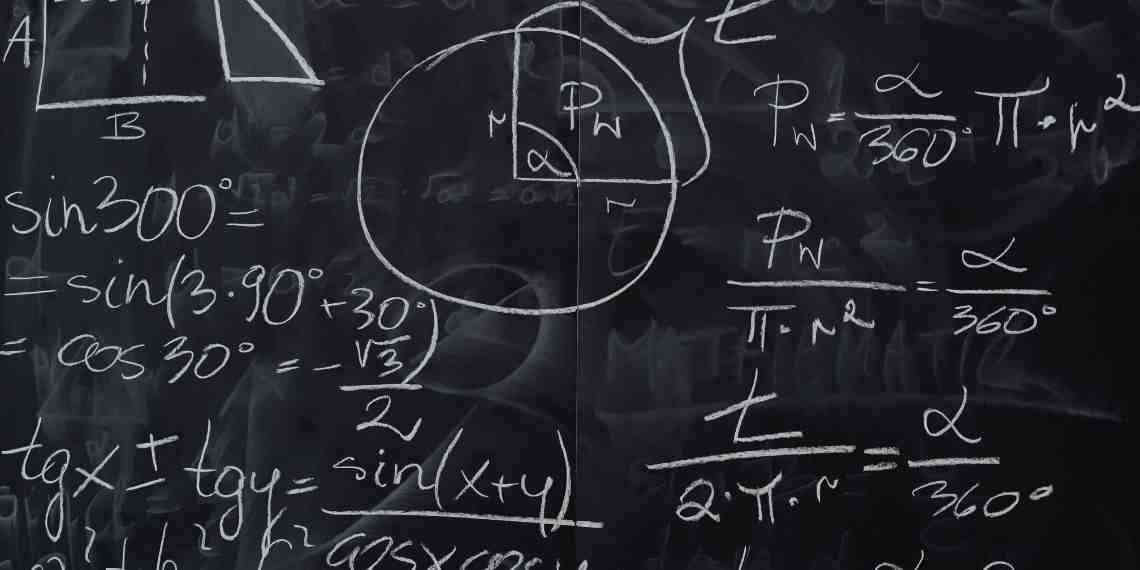As an AI-powered language model, ChatGPT has the ability to understand and interpret mathematical equations and symbols. It can perform basic arithmetic operations such as addition, subtraction, multiplication, and division. It can also handle more complex problems that involve algebraic expressions, calculus, and other advanced math concepts. However, ChatGPT’s proficiency in solving mathematical problems is dependent on the complexity of the problem. While it can provide accurate solutions to simple and some intermediate-level mathematical problems, it may not be as reliable when it comes to solving complex problems that require advanced mathematical knowledge and expertise. Find out, if can ChatGPT solves mathematical problems!
Read Also: How ChatGPT Can Help in Writing Essays
Examples of Simple Arithmetic Problems
Here are a few examples of simple arithmetic problems that ChatGPT can solve with ease:
Example 1: What is the sum of 16 and 24?
Solution: The sum of 16 and 24 is 40.
Example 2: What is the product of 7 and 11?
Solution: The product of 7 and 11 is 77.
Example 3: What is the quotient of 60 and 5?
Solution: The quotient of 60 and 5 is 12.
Read Also: Are Chatbot Responses Copyrighted? Exploring the Legal Implications of Automated Communication
Examples of Intermediate Level Problems
Here are a few examples of intermediate level mathematical problems that ChatGPT can solve:
Example 1: Solve for x: 2x + 5 = 13
Solution: Subtract 5 from both sides of the equation to get 2x = 8, then divide both sides by 2 to get x = 4.
Example 2: Find the derivative of y = x^3 – 2x^2 + 5x – 1
Solution: The derivative of y with respect to x is 3x^2 – 4x + 5.
Example 3: Evaluate the integral of f(x) = 3x^2 + 2x + 1 from 1 to 5.
Solution: The integral of f(x) with respect to x from 1 to 5 is [(3(5)^3)/3 + (2(5)^2)/2 + (5)] – [(3(1)^3)/3 + (2(1)^2)/2 + (1)] = 185.
Examples of Advanced Mathematical Problems
Here are a few examples of advanced mathematical problems that ChatGPT can solve to some extent:
Example 1: Find the roots of the equation x^2 – 4x + 4 = 0
Solution: The equation x^2 – 4x + 4 = 0 can be factored as (x – 2)^2 = 0, which means the roots are x = 2 (with a multiplicity of 2).
Example 2: Solve the differential equation y” + 4y’ + 3y = 0
Solution: The characteristic equation of the differential equation is r^2 + 4r + 3 = 0, which factors as (r + 3)(r + 1) = 0. Therefore, the general solution of the differential equation is y = c1e^(-3t) + c2e^(-t), where c1 and c2 are constants.
Example 3: Evaluate the integral of f(x) = (sin x) / x from 0 to infinity
Solution: The integral of f(x) from 0 to infinity is an improper integral that requires integration by parts and the use of the limit as the upper bound approaches infinity. The solution is pi / 2.
Conclusion
In conclusion, ChatGPT has the ability to solve a wide range of mathematical problems, from simple arithmetic to advanced calculus. Its proficiency in solving mathematical problems is based on the complexity of the problem. While ChatGPT can provide accurate solutions to simple and intermediate level mathematical problems, it may not be as reliable when it comes to solving complex problems that require advanced mathematical knowledge and expertise.
It is important to note that ChatGPT’s ability to solve mathematical problems is not intended to replace human expertise or serve as a substitute for traditional methods of solving math problems. Rather, it can serve as a useful tool for students, researchers, and professionals who need quick and accurate answers to simple and some intermediate level math problems.
Overall, ChatGPT’s ability to solve mathematical problems is just one of its many capabilities as an AI-powered language model. It is a remarkable achievement in the field of artificial intelligence and natural language processing, and it is likely to have many practical applications in various fields such as education, science, engineering, and finance.

Hello, I’m Ali Raza, the brain behind Digital Realm Trends.
Hailing from the vibrant world of digital marketing, I’ve honed my skills over years. Based on my experience, I’m here to unravel the complexities of digital marketing, analytics and paid marketing, crafted for individuals like you. Join me in uncovering the power of digital marketing tools and strategies, fueled by experimentation and insights.




